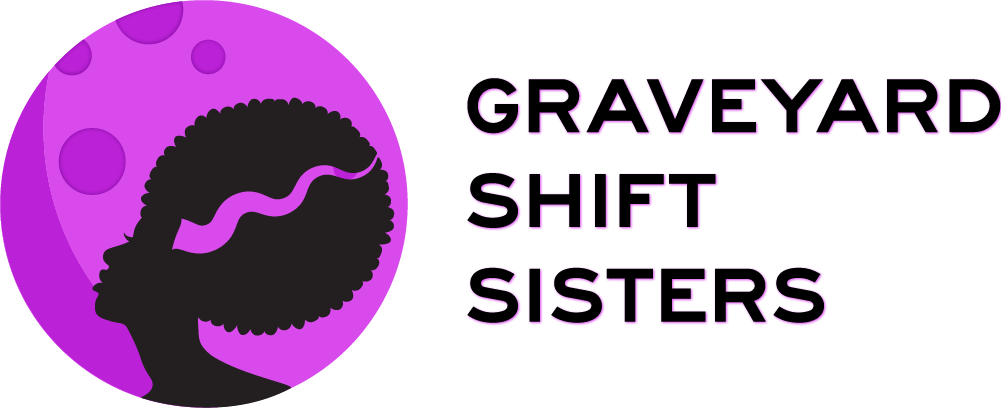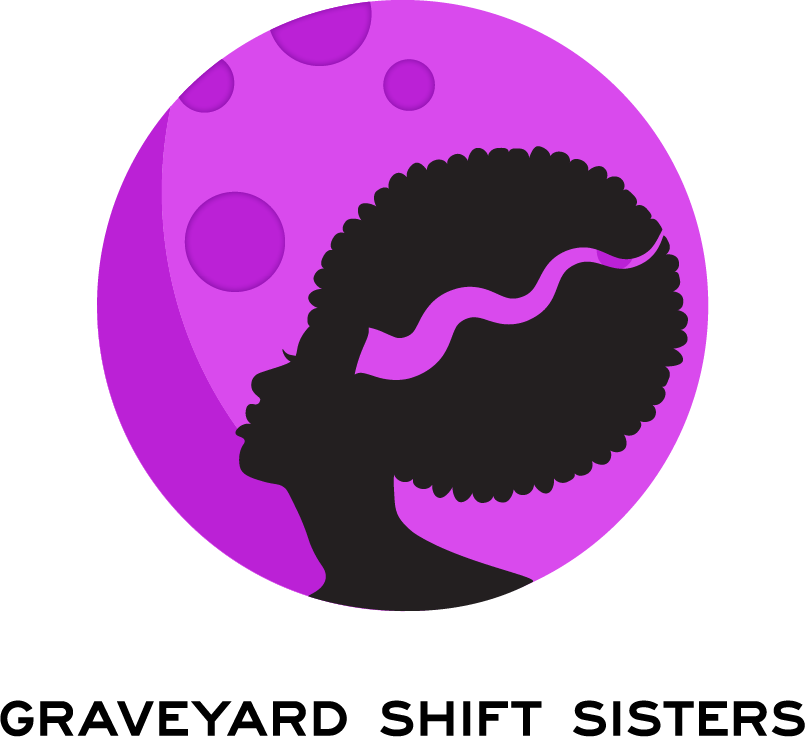Writer Alexandra West Tackles The 1990s Teen Horror Cycle & More!
-Alexandra West
I was the Scream 2 in-high school, one-woman, version of a street team. I would tell anyone who would listen its premiere date, I bought the Entertainment Weekly covers, as a news anchor in my video production elective, kept briefings on exclusive details at the top, bought the soundtrack, and tried to convince one of the employees at Coconuts (our local multimedia product outlet) to give me the enormous poster they used for promotion. I even, told my hairdresser to cut my hair like Neve Campbell in the film. Which she did. And I wore it proudly. Don't judge me too harshly.
My prior I Know What You Did Last Summer theater outing kickstarted something truly special. It reinvigorated my love for the horror genre as a coming-of-ager and encouraged active consumption with much more freedom than I obviously had as a kid. Just the way big studios intended. Through these string of films from 1996 to 2000 in retrospect, I learned a hell of a lot about the bridge horror had built towards my own feminist sensibilities.
The 1990s Teen Horror Cycle: Final Girls and a New Hollywood Formula by Alexandra West is an illuminating love letter to the teenagers who were horror fans/moviegoers during this period. West's riveting, breezy-paced read provides the engaging historical overview needed that set the stage for some of the 90s most memorable female-centered films for young audiences. From The Crush (1993) to Scream 4 (2011), The 1990s Teen Horror Cycle is a13-part trip through a period that bears the sobering reality of a America and youth culture that, although "had it so good," still faced some of their prevalent problems with racism and sexism, (Anita Hill hearings), but also the resistance to it (Third wave feminism). With this steadfast and airtight position, West brilliantly contextualizes the feelings and experiences of a generation who went to the movie theater almost every Friday evening, spending the day in classes and lunchrooms counting down the hours until we were in our seats as the credits rolled. Now as adults, there's a look back on the excitement with even more introspection that gets to the core of why these films resonated with teenagers during this speck in history: horror's clever evolution that challenged gender normativity in, for a young developing mind, a scorchingly revolutionary manner.
What's fascinating to note is West's detail to the evolving shift of the slasher. During the 1990s, the gender discrepancies in arts, politics, and society were questioned on a fiercely active and unapolegetic scale. A moldable generation saw that aggressive quest for survival reflected in the horror films centering young women. The central, popular role shifted from the villain (1980s) to the Final Girl in the 90s: less defined by surface characteristics and more by her own inner-demons that will either consume or be combated. Essentially, as West states, "their complicated narratives, which made them complicit in the horror that befell them, created increasingly complex and inherently interesting characters that appealed to the young women and men who saw these films."
In her chapter on The Craft (1996), West notes the importance of unity amongst the core four main characters who combined, are powerful in combating the unforgiving social stratosphere of their high school. Witchcraft, and their growing bond within the "undesirables" tent they've been put under, only cover the deeper issues the girls aren't willing to face: the inherent fallability of the toxic culture of high school social hierarchies presented in this film. What is so telling about Rachel True's cult favorite role as Rochelle, is her inability to escape (outward and ingrained) white supremacy: divorcing blonde hair from their follicles is not the cure for racism.
Scream (1996) is the tentpole that made waves due in part to Sidney (Neve Campbell) as the central focus. Likely one of the most breakthrough characters for our shifting discouse on the Final Girl and certainly one of the most beloved, West goes deeper to mapping out why: Sidney finds autonomy in her destiny, overcoming the challenges of the most harshest and violent encounters with misogyny. Although Sidney's personal family struggles is her arc, it becomes broader commentary for the way the world often has their way with women, and they way in which women find ways to control their own narratives.
While reading The 1990s Teen Horror Cycle, I both relived my own coming-of-age era and discovered detailed insight into a group of horror films and the nature of the world in which they were produced. No matter the generational label attached to your birth year, West's latest provides the immesive ride back to how the easier-than-before sensibilities in a 1990s America was distetegrated by teen horror's harsh self-reflection that is a motivating opus on how we can move forward.
Purchase now!
Check out Alexandra West on Twitter and as co-host of The Faculty of Horror

